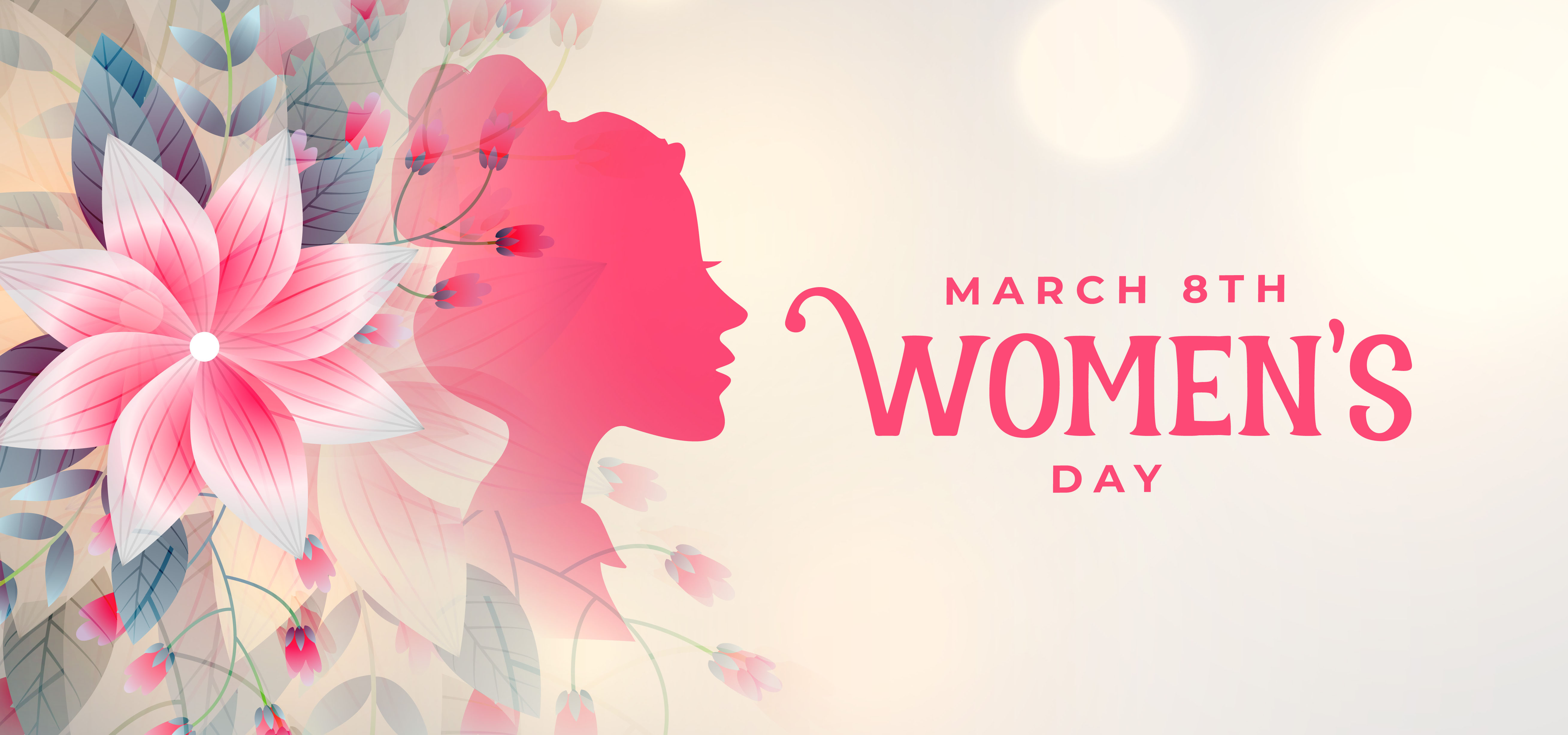100 Whatsapp Messages For Women’s Day Wishes In English
100 Whatsapp Messages For Women’s Day Wishes In Hindi

Women's Day and ILGWU

The International Ladies' Garment Workers' Union (ILGWU) wasformed on June 3, 1900, by eleven representatives of local unions from the major garment centres of New York City, Baltimore, Philadelphia, and Newark. These unions' memberships numbered to about two thousand workers and includedJewish immigrants mostly.A lot of them were socialist, who came to United States from Eastern Europe. Many had been active trade unionists during their days in Europe. ILGWU was once one of the largest labour unions in the U.S. and also one of the first U.S. unions to hold a large female membership. ILGWU is a primary participantof the labour history of 1900s, 1920s and 1930s.
The celebration of International Women’s Day owes its origin and popularity to incidents related to the ILGWU’swomen workers’ protests that initiated in the year 1908. As a consequence of two very important and successful mass strikes in New York City, ILGWU had analarming rise in its membership.
On March 8, 1908, about 15,000 women garment workers, including many refugees, ralliedall the way through New York City’s Lower East Side to Union Square protesting against oppressive working conditions, poor pay, inequality, and negligence. Theydemanded better wages, lower working hours, hygienic working conditions, and economic and political rights. On the very same date back in the year 1857, their forebearsheld a similar rally with the aforesaid demands. This march that they held honoured the march of 1857.
Following the upheaval and inspired by the same, a protest march was staged by women immigrants in 1909, which was known as “the Uprising of 20,000”. It lasted for fourteen weeks. It was widely impulsive, ignited by a short march of workers of the Triangle Shirtwaist Factory and other sweatshops.
The workers, mainly immigrants and women disregarded the notion of conservative labour leaders, who thought that immigrants and women could not be structured. The strike became violent as police kept on arresting activists for inconsequential and made-up offences. Employers hired thugs to beat the picketers. Juvenile women as young as 16 years old confronted the police in the dead of winter. Their bitterness for the sweatshops they worked in was evident clearly in their methods and uproars.
The reports of the strike spread like a wildfire among all New York garment workers. In a mass meeting, Clara Lemlich rose to speak about the pathetic working conditions she and other women were compelled to work in. After a traditional oath, she called out a strike of the entire industry and the mob responded excitedly. Of about 20,000 workers of the 32,000 workforce walked out in the following two days.
One year later the terrible Triangle Shirtwaist Fire led to the death of 146 immigrant workers, women and girls. ConsequentInternational Women’s Day protestsclaimed workplace safety regulations and commemorated those who lost their lives.
Today, a celebration of International Women’s Day is free from any political connotations however countries do remember and honour the struggles of these women that defines and shapes the freedom, respect and equal treatment that we receive today.
- Women’s Day History
- Significance of Women’s Day
- Women’s Day Story
- UN Themes for Women's Day
- UN Day for Women's Rights
- International Women’s Day
- Rio Olympic 2016
- First Women’s Day
- Women’s Day Wishes
- Women’s Day Messages
- Women’s Day Quotes
- Women’s Day Whatsapp Messages
- Popular Sayings for Women’s Day
- Women’s Day Greetings
- Women’s Day Poems
- Women's Day Essay
- Women’s Day Speech
- Top 10 Richest Women in The World
- Women’s Day Speech in Hindi
- Women’s Day Prayers
- Women’s Day scraps
- Women's Day Images
- Women’s Day Gifts
- Most Inspiring Women in History
- What is International Women's Day
- Facts About Women's Emotions
- 50 Most Inspirational Women Worldwide
- Mother's Day Messages
- Mother's Day Quotes
- Mother's Day Poems
- Mother's Day Wishes
- Mother's Day in UK
- Biographies of Inspiring Women
- Women in Indian Army



